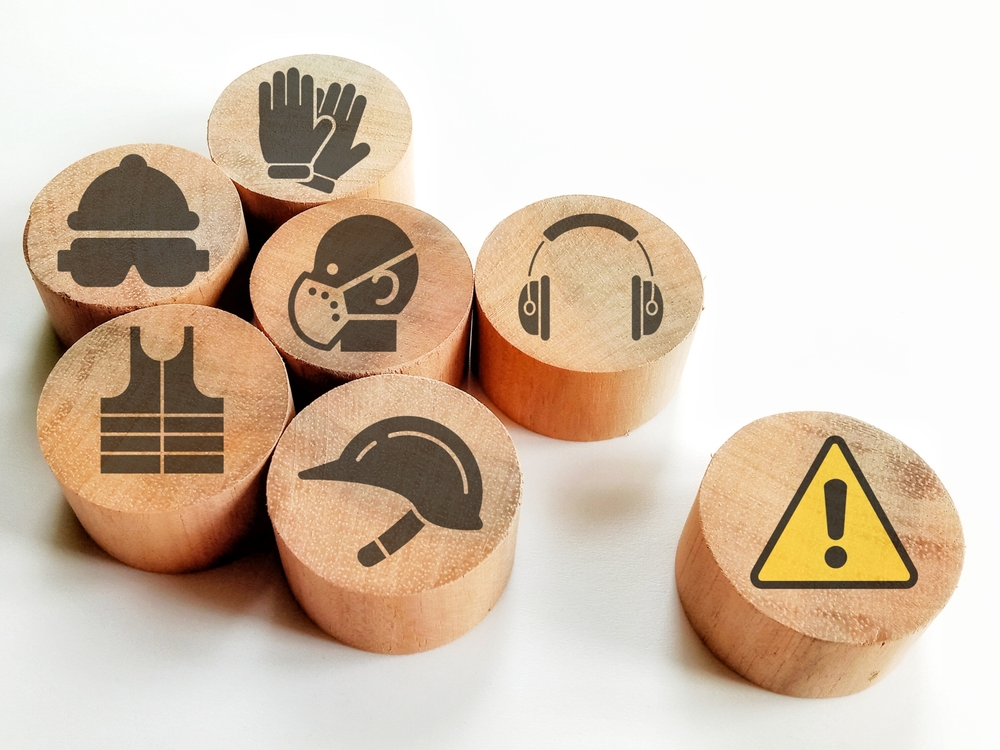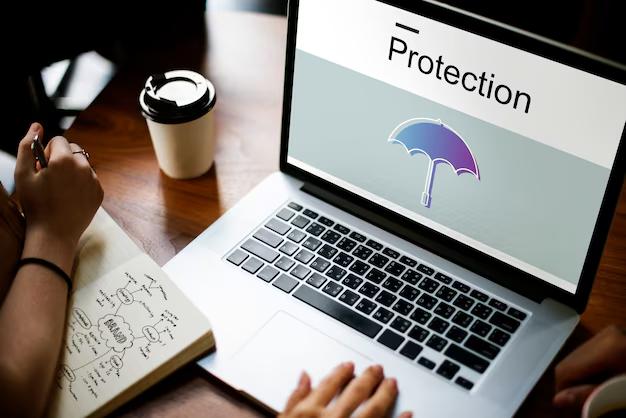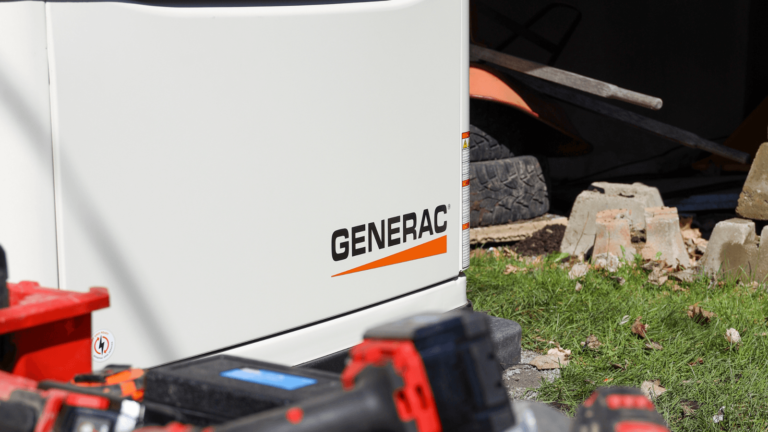How to Keep Safe at Work
It doesn’t matter what the job role or the industry is; safety is always the number one priority for employers and employees alike. Offices, factories, and construction sites all implement important policies and procedures to keep everyone safe. After all, accidents can happen at any time, which is why it’s so crucial that proper precautions are in place to prevent these accidents or make sure that they’re not fatal. That said, safety provision goes beyond preventing injuries; it also works to foster a culture of responsibility and well-being. So, discover more about keeping safe at work below.
Understand and Follow Safety Procedures
Each workplace has its own safety rules and protocols to suit the unique needs and risks of the environment. For instance, those who work at a height must complete IPAF training, some workplaces conduct regular fire drills, and manufacturing plants are taught to properly handle hazardous materials. Procedures like these are put in place to keep everyone safe, and there are a few basics that every workplace should have, including the following:
- Know the emergency exits
- Understand the equipment use
- Adhere to workplace-specific rules
Employees should always follow the safety guidelines that their employer provides. Similarly, employers should organize regular training updates to ensure that everyone is informed about the latest safety protocols.
Wear Appropriate Personal Protective Equipment
A number of work environments rely on personal protective equipment (PPE), and this equipment can range anywhere from hard hats and safety goggles to gloves, masks, and even ear protection. This all depends on the job role and the industry, and it’s important for employers and employees to carry out the following:
- Assess your work environment
- Wear the correct PPE
- Maintain PPE
PPE is non-negotiable – employers are obligated to provide it, and employees have no choice but to wear it when the situation calls for it.
Maintain Good Ergonomics
Ergonomics revolves around arranging your workspace to fit your physical needs, and this is especially important for office environments. This is because with poor ergonomics comes repetitive strain injuries, back pain, or other musculoskeletal problems. Good ergonomics requires you to do the following:
- Adjust your workstation
- Take regular breaks
- Use ergonomic tools
If you’re mindful of your posture and body movements, you can prevent long-term injuries that might stem from repetitive tasks or improper positioning.
Keep Your Workspace Clean and Organized
With a cluttered and disorganized workspace comes an increased likelihood of accidents like slips, trips, and falls. So, if you keep your environment tidy, you can prevent unnecessary injuries. A clean and organized workspace can look like the following:
- Clear walkways
- Properly stored materials
- Cleanliness
A clean environment is a safe environment, so reducing clutter can minimize distractions and allow workers to focus more on their tasks.
Be Aware of Your Surroundings
If you’re to keep safe at work, you need to be aware of your surroundings. This is especially true when it comes to environments with moving machinery, vehicles or heavy materials. It’s important that employees do the following:
- Pay attention to hazards
- Report unsafe conditions
- Stay focused
If you remain vigilant and aware of your environment, you can identify risks before they become incidents.
Communicate Openly About Safety Concerns
Workplace safety relies on effective communication. Therefore, if employers or employees feel that certain tasks are unsafe or they notice a potential hazard, it’s imperative that they speak up. This might involve the following:
- Talking to supervisors
- Encouraging a culture of safety
- Participating in safety meetings
When you take a proactive approach to safety, this is sure to benefit everyone. Similarly, a culture of open communication about safety concerns can result in better working conditions and fewer accidents.
Keep an eye for more latest news & updates on Next Forbes!






